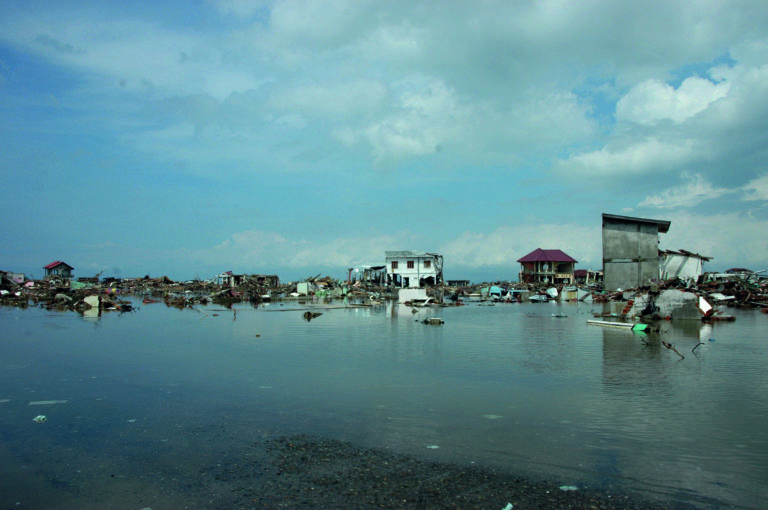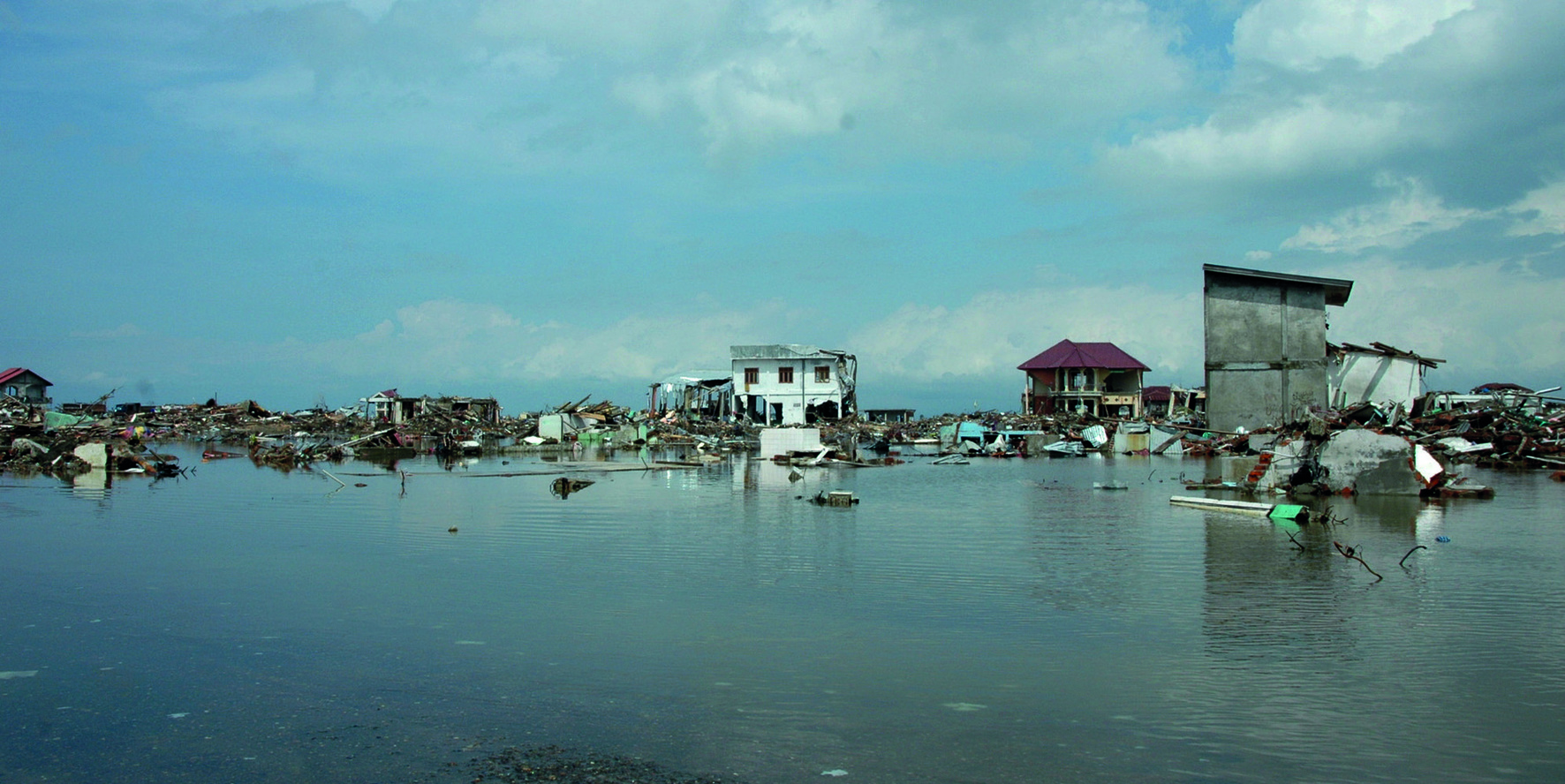National laws and policies on climate change adaptation: a global review

Download

This global review of adaptation laws and policies has been undertaken to understand how adaptation to climate change is governed at the national level. While much adaptation activity occurs at the local level, national governments play a vital role in overseeing, mandating and allocating resources to local adaptation activities.
The review includes a detailed look at flood-related laws, drawing on data from 33 flood-prone countries.
| The review draws on the Grantham Research Institute’s Climate Change Laws of the World database, relaunched in December 2019 with global coverage and enhanced data visualisation: take a look for free at www.climate-laws.org |
Headline issues
- A significant majority of countries have enacted laws and policies to address climate change adaptation.
- While many identify floods and droughts as major hazards, other impacts such as ocean acidification remain under-addressed.
- Framework laws and policies often include adaptation plans, information generation, regulation, and early warning systems.
- Law-making for flood risk is often reactive and laws and legislation related to ‘adaptation’ and ‘flood risk management’ tend to be separate.
- Apparent gaps in adaptation laws and policies are adaptation investment and economic incentives to encourage adaptation.
Summary
This first global review of climate change adaptation laws and policies shows that many countries now have legislative and policy frameworks to govern adaptation. This includes many framework laws and policies that mainly set priorities on adaptation action.
Information generation and sharing, adaptation planning, establishing institutional arrangements, and processes for managing and monitoring adaptation action are common areas of focus. These are useful for directing attention to priority areas: for example, climate risk information is foundational to effective adaptation planning and a priority for the majority of countries. But the more complex solutions, such as investing in the physical and social infrastructure that is required to adapt to climate change, are largely missing.
Other apparent gaps include enhanced investment in public goods that go beyond hazard early warning systems, explicit reference to building codes and land use planning, and incentives and market-based mechanisms to facilitate adaptation. These may be covered by other, non-climate-specific regulatory instruments, or addressed at the local level, and as such may not be captured in national-level policymaking; this warrants further research.

